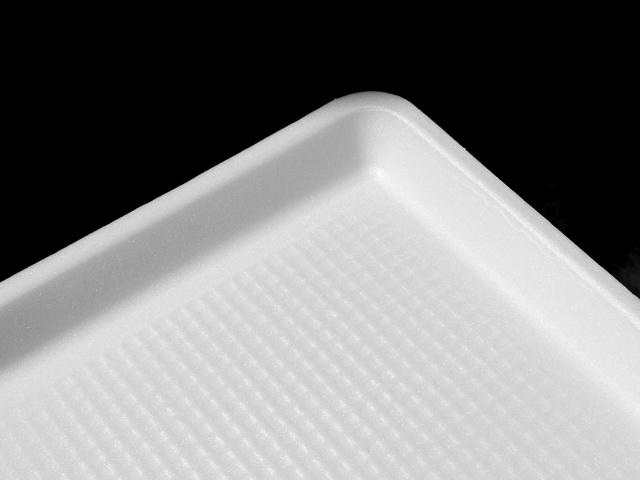Even Styrofoam would not final forever, within the Face of these Hungry Worms
Scientists are discovering that no matter how unappetizing a substance seems, there may be always any person in the animal kingdom keen to eat it.
October 6, 2015
Plastics like polystyrene—in any other case often called styrofoam—have lengthy been concept nonbiodegradable. In landfills or the open atmosphere, they’re identified for staying intact, while they wreck into pieces. they modify shape and type, however never utterly go away.
that’s, except you supply them to waxworms and mealworms, which, as latest experiments convey, like to consume plastics. It turns out polystyrene is probably not undecomposable in any respect. You just have to place it within the vicinity of the appropriate type of animals.
the latest research comes from Wei-Min Wu, a senior analysis engineer at Stanford college. In a pair of contemporary papers, he and colleagues exhibit how micro organism in worm guts helps ruin down plastic foam, just like the stuff in nasty white coffee cups.

“Our findings have opened a new door to solve the worldwide plastic air pollution downside,” Wu says in a recent Stanford press release.
In his experiment, 100 mealworms ate up to 39 milligrams of Styrofoam. They transformed about half of to carbon dioxide and the remaining to “biodegraded fragments that look similar to tiny rabbit droppings.” Wu says the animals appeared wholesome enough and that the waste can be used in soil.
remaining yr, Wu used to be additionally serious about analysis involving waxworms. in that case, the worms munched thru polyethylene movie of the kind used in plastic bags. Over a 60-day length, two colonies of worms got via 6% and 10% of the fabric.
meanwhile, researchers from Yale university showed in 2011 how endophytic fungi produce enzymes that destroy down polyester polyurethane. they discovered the fungus whereas on a commute to the Amazon rainforest in Ecuador. the speculation was later tailored into something known as the “Fungi Mutarium”—a speculative design for plastic-consuming fungi software—as we wrote about here.
there’s a long approach to go sooner than we’re placing worm colonies in landfills. For one thing, these may be just one of the vital animals that produces bacteria that breaks down plastic, no longer necessarily the most appropriate. The Stanford scientists additionally plan to search for micro-organisms on the ocean floor, as these could be very best for coping with marine plastic waste.
[top picture: rorem by means of Shutterstock]
quick company , read Full Story
(61)














